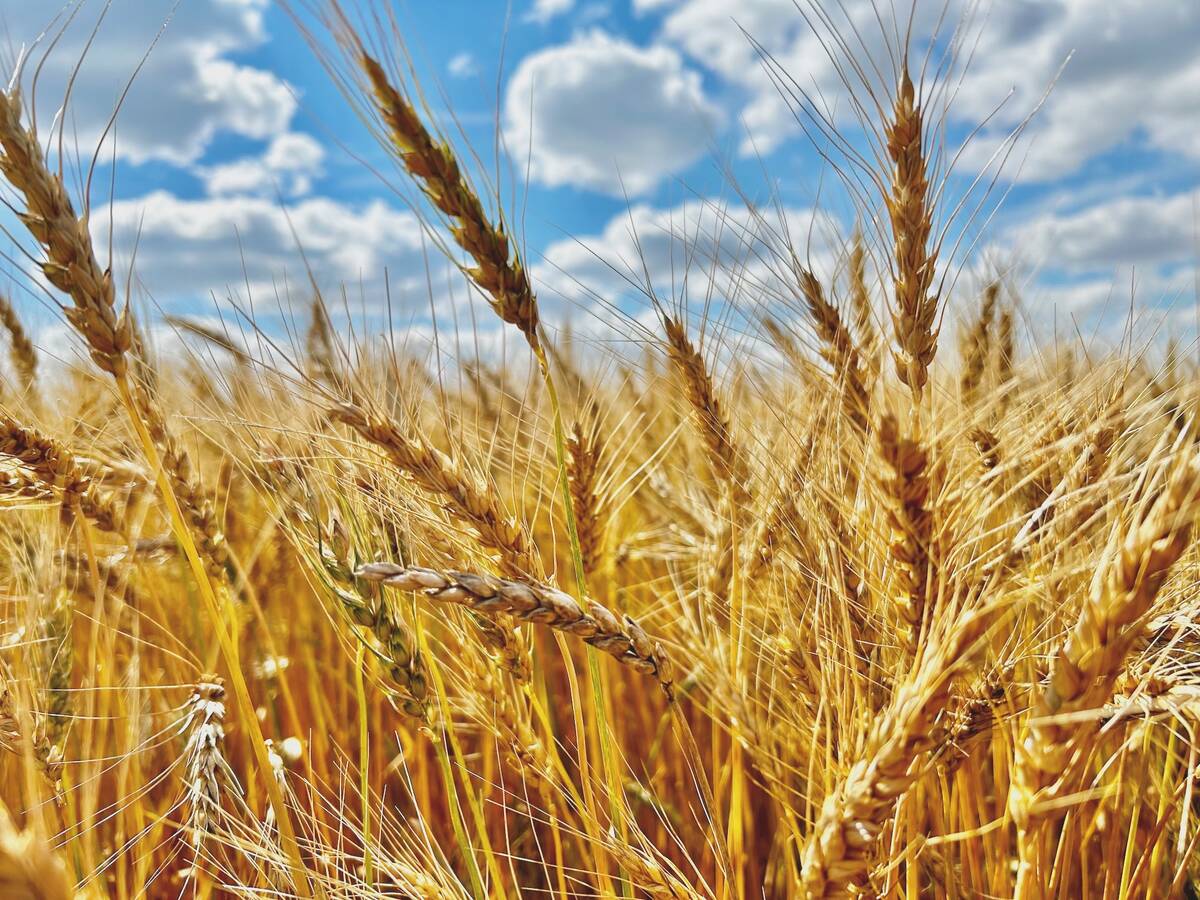Every day, there’s another story, another study or another opinion expressed on what to do or who’s to blame in the issue surrounding the use of seed treatments in corn and soybeans, and the impact on bee health. It’s a contentious issue, one that has many on either side — and in between — frustrated and looking for answers. Research on the cause of bee deaths in Ontario is ongoing, but the results from the one-year study have not been released.
A recent blog on the Ontario Ministry of Agriculture and Food (OMAF) website now asks growers and other industry stakeholders to be proactive in reducing risks to pollinators, and to be mindful of their own needs at the same time.
Read Also

Prairie Wheat Weekly: Modest increases for cash prices
Spring wheat and durum cash prices were moderately higher across the Canadian Prairies for the week ended Dec. 19. This was despite losses in Chicago and Kansas City wheat and Agriculture and Agri-Food Canada projecting larger all wheat ending stocks for 2025/26. Minneapolis wheat bumped up on the week, lending some support to Canadian cash prices.
The post, submitted by the “OMAF and MRA (Ministry of Rural Affairs) Field Crop team,” acknowledges assessments to date that indicate “fugitive dust” (the drift of neonicotinoid-contaminated dust from vacuum planters) to be the likely cause of bee deaths during the spring. However, it must be emphasized, ongoing research also indicates there’s no one singular cause in this unfortunate development and again, the final report from the joint OMAF-University of Guelph project is pending.
In the meantime –- and with an eye on seed orders being made between now and mid-October –- the word from OMAF is that growers consider all options available to them, and perform a basic assessment of the need for neonicotinoid-based seed treatments.
“At what point does the risk have to be high enough to use this type of seed treatment?” poses Peter Johnson, OMAF’s cereal specialist at Stratford, who’s been working behind the scenes to help provide insight on insecticide seed treatments.
It isn’t a matter of oversimplifying the situation and saying to growers, “You should” or “You shouldn’t,” he adds. What’s being suggested is that instead of blanket use, insecticide-based seed treatments come with acknowledged (if not historical) assessed risks.
“For instance, if I’m on sand soil at Rodney with European chafer or wireworm, then I know that I need Poncho 1250,” he says, noting the need for scouting and assessment. “There are fields out there that must have this technology.”
Compare those cases to farms that are on loamier soils, where a fungicide-only treated seed should be sufficient.
“Eighty per cent of growers are somewhere in the middle and some will say, ‘Let’s figure out whether we need it or not’,” says Johnson. “Growers just want this information to be able to make an informed decision.”
In all, the OMAF Field Crops team recommends eight different strategies, including these five:
- Fields with a history of wireworm, cutworm, European chafer or other white grubs need to use insecticide-treated seed. Scouting is an option with these pests.
- Sandy soils, fields with a history of chickweed, or fields within two years after sod (hay) are at higher risk, and insecticides are warranted.
- Soybean fields with a history of seed corn maggot or early season bean leaf beetle issues should use insecticide-treated seed.
- Growers with no history of stand issues prior to 2004 (before neonicotinoids were registered) could be considered at low risk of insect problems. Fungicide-only seed is an option.
- Growers planting second-year corn should use genetic corn rootworm control, not high rates of neonicotinoid seed treatments.
Click here to see the full post (and all eight recommendations) from OMAF.
— Ralph Pearce is a field editor for Country Guide at St. Marys, Ont.
Related stories:
Farm use of neonics ‘not sustainable:’ PMRA, Sept. 13, 2013
‘Dust-off’ in pesticides has farmers’ attention, April 19, 2013














